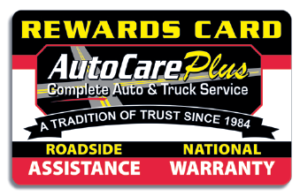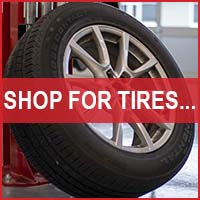NH State Inspection
Safety Inspection
(Maine Inspections, click here)
Whether you are new to the state or a seasoned veteran, this page will help you to understand the laws about State Safety and Emissions Testing required for your vehicle.
When do I need to get my vehicle inspected?
Vehicles are registered and inspected in the same month as the registered owner’s birthday. You can get your vehicle inspected anytime during the month and as early as 3 months prior. You will need a valid (not expired) registration at the time of the inspection.
Inspection Information Which Vehicles Are Affected
All New Hampshire vehicles still require an annual safety inspection. In addition to the normal safety checks, 1996 and newer model year light-duty gasoline-fueled passenger vehicles (8500 lbs GVWR and less) and 1997 and newer model year light-duty diesel passenger vehicles (8500 lbs GVWR and less) must have an OBD test as part of the inspection process. In order to perform this test, those cars are connected to the NHOST inspection unit via the standardized OBD port. The inspection unit communicates with the vehicle’s OBD system to determine whether or not the monitors are working properly and if they are detecting any problems.
Where To Get Your Vehicle Inspected
All New Hampshire public, automobile inspection stations are required to use the NHOST inspection equipment. It is a good idea to call your station of choice ahead and verify fees charged. It is a better idea to come to Auto Care Plus where we will perform an honest inspection, explain exactly what your vehicle needs to keep it safe and reliable for you for the upcoming year…all at a great value. Beware of those low cost inspections, they may not be looking out for your best interest and they may even try to sell you stuff that is not necessary.
Vehicle Owner’s Responsibilities
As the vehicle owner, it is your responsibility to ensure the vehicle complies with inspection requirements. Just as you are required to correct any safety issues with the vehicle before it will pass the safety inspection, you are also required to correct any OBD system problems before you can pass the inspection and receive an inspection sticker.
The OBD system is installed on the vehicle to ensure that it runs smoothly, lasts longer and releases as few pollutants as possible. Repairing problems sooner rather than later could save you money in repairs and at the pumps.
Emissions Inspection
Passenger Cars & Light Duty Trucks
In 2005, the state of New Hampshire implemented statewide OBD II emissions testing. This means that vehicles will need to pass the OBDII emissions test in order to pass the annual safety inspection.
The OBD II test is part of the annual vehicle safety inspection. When your mechanic finishes the safety inspection on your vehicle, he/she will enter the results of your inspection into a computer (NHOST unit) that gathers and stores test result data. If your vehicle is a 1996 or newer car or light duty truck (8,500 lbs. GVWR or less), the computer will prompt the mechanic to perform an OBD II test. To perform the OBD II test, the mechanic will attach a cable to the data link connector (DLC) in your car. This will enable your car’s computer to communicate with the test equipment. The computer in your car will then relay data about your vehicle’s emission components to the NHOST unit. At the conclusion of the test, the NHOST computer will print a Vehicle Inspection Report (VIR) that will provide you with detailed information about your inspection results. The mechanic will sign the VIR and give it to you along with any other informational pages that print.
OBD II emissions testing is part of the Environmental Protection Agency (EPA) Clean Air Act Amendments of 1990. All cars and light duty trucks manufactured in 1996 or later are required to have second generation on board diagnostics (OBD II) computers to monitor engine conditions and components. The OBDII computer helps to assure that the engine is running at peak efficiency and also alerts you to any malfunctioning emissions control components that require attention. When the OBDII system detects a problem with the emission control system, a “check engine” or “service engine soon” light (also called a Malfunction Indicator Light or MIL) is illuminated on the dashboard. If your vehicle’s MIL is illuminated, it will not pass inspection and you will not be issued a windshield inspection sticker until proper repairs have been completed.
By continuously monitoring the well being of your vehicle’s components, the OBD system can identify minor problems that can be repaired easily before they become more serious and expensive to correct. Not only can you save money on repairs, but you will also get better gas mileage, which will save you money at the pumps!
OBDII systems are very complex, so it is important to have qualified technicians make the repairs to your vehicle. When shopping for emissions-related repair service, be sure to ask if the mechanics performing emissions repairs to your vehicle are ASE A-8 or L-1 certified.
Thank you for doing your part to keep your vehicle safe and the air clean.
For more information please visit the links below:
NH Consumer Information
NH Station and Mechanic Information
USEPA OBD FAQs Adobe Acrobat Reader Symbol
USEPA Benefits of OBD
On-Board Diagnostics in I/M
State of NH OBD Program: (603) 271-8800
Economic Hardship Waiver: (603) 271-0352









